On the grounds surrounding Ireland's Bunratty Castle, there's a community of rural homes and a street of 19th-century shops that could almost fool you into thinking you'd stepped back in time.
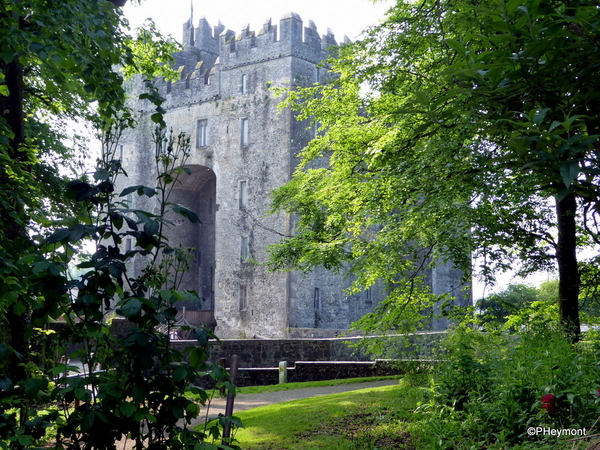
Almost, but not quite. Actually, the Bunratty Folk Park is an educational fiction, a collection of buildings transported from a number of sites in western Ireland to allow visitors to the castle to also get a sense of the rural life that surrounded it.
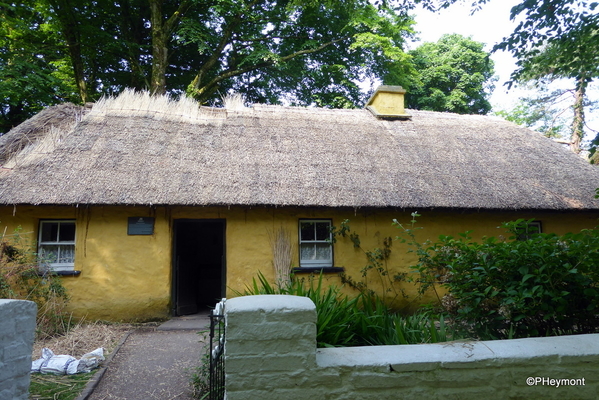
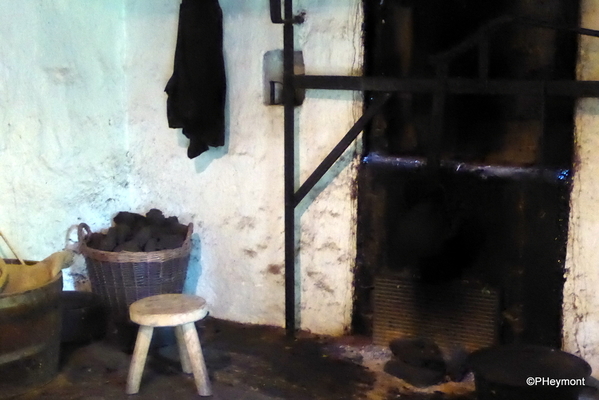
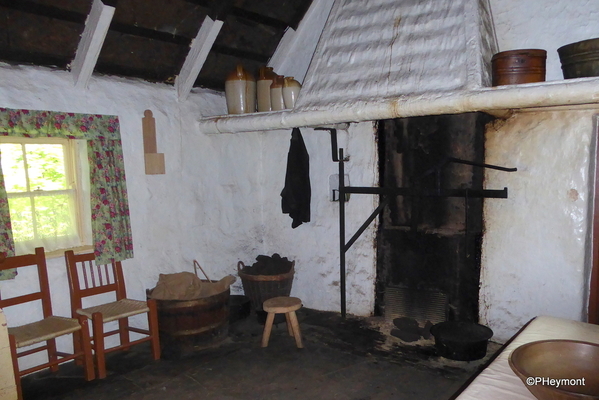
A small farmhouse from West Limerick; it would have been on a dairy farm and turf-cutting provided a living.
It was a fascinating walk through the rural homes, and there was lots to learn, especially if you are familiar with other 'living history' villages from a similar period, such as Old Sturbridge in Massachusetts or Skansen in Stockholm. In late May, before the high travel season, it was also a quiet place; in summer there are more costumed interpreters and explainers.
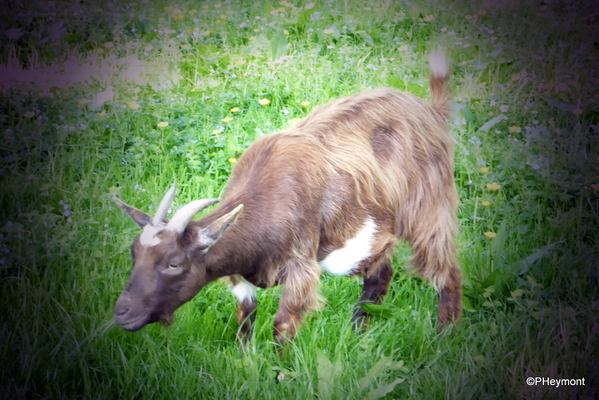
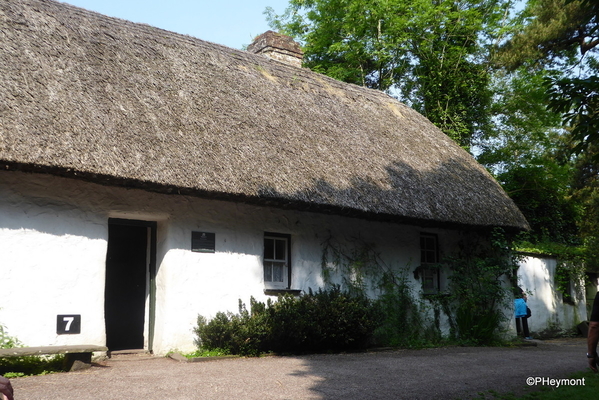
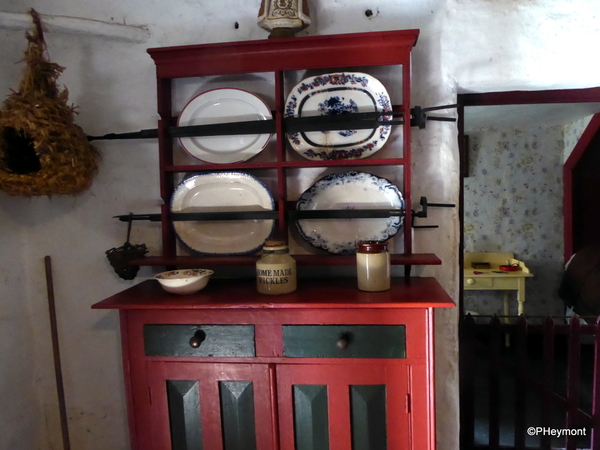
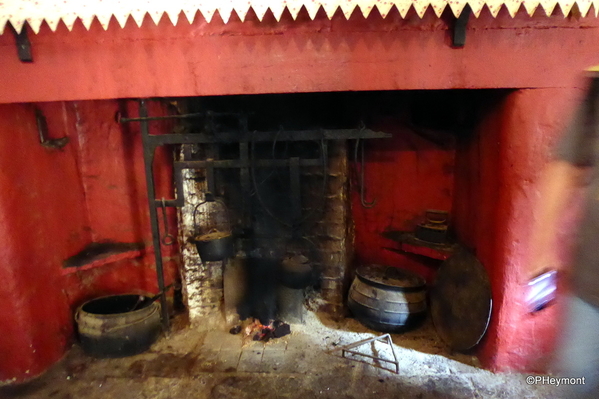
The first house moved to Bunratty, this thatched farmhouse stood where Shannon Airport is today. Thatch roofing is cool in summer, warm in winter, and has to be kept free of rats and other unwanteds.
The rural area of the park is laid out along two lanes that link the castle itself with the visitor center and shops. Our tour schedule, unfortunately, didn't leave us time to visit the 'town' part of the park, where 19th-century artisans and businesses are represented.
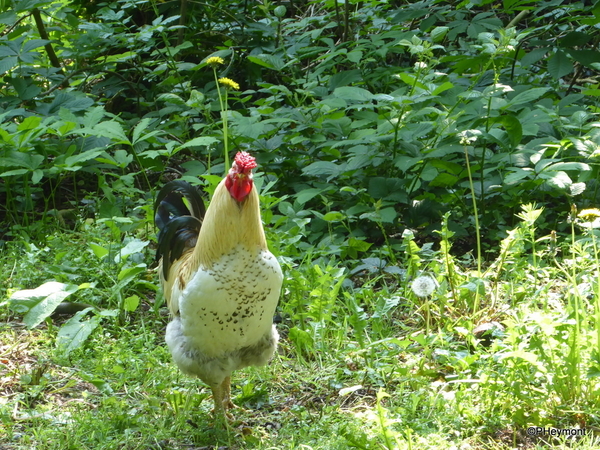
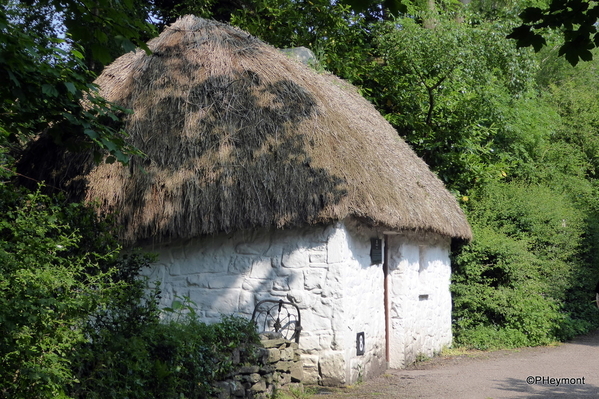
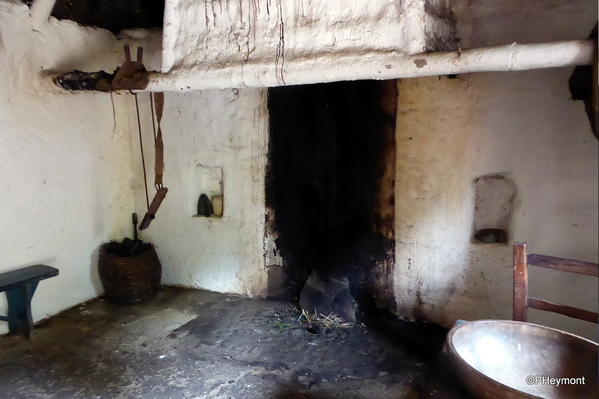
A landless tenant would have lived in this small cottage, renting a piece of land for subsistence, and paying the rent in labor to his landlord.
Oddly for a place that is devoted to history, there is no history. It's easy to find a long list of the lords of the castle and the building of its parts and the sieges and captures, and the decline and restoration of the castle, but none of the Irish tourism sites explains when or by whom the Folk Park was assembled.
Since another feature of the Folk Park, off in a wooded area, is a Fairy Park for children, we shall perhaps be forced to conclude that it's their work!
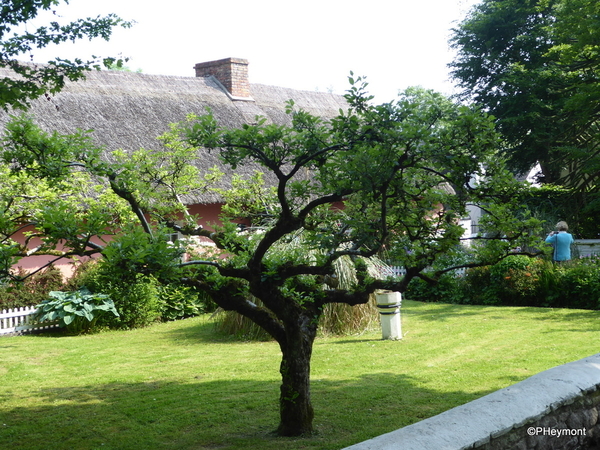
Some wealthier farmers were able to live a more gracious life; this house is called Golden Vale, and represents that lifestyle. With 100 acres and significant livestock, the farmer would also have servants and tenants.
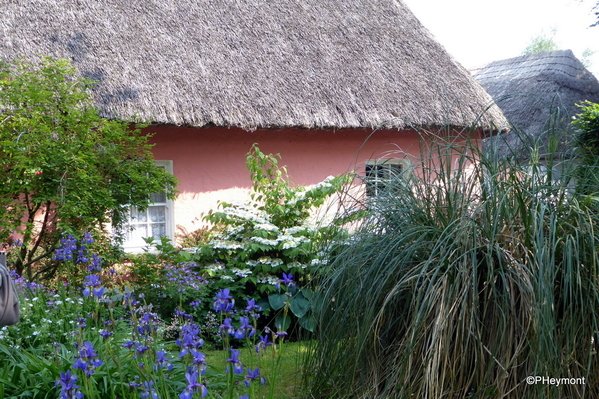
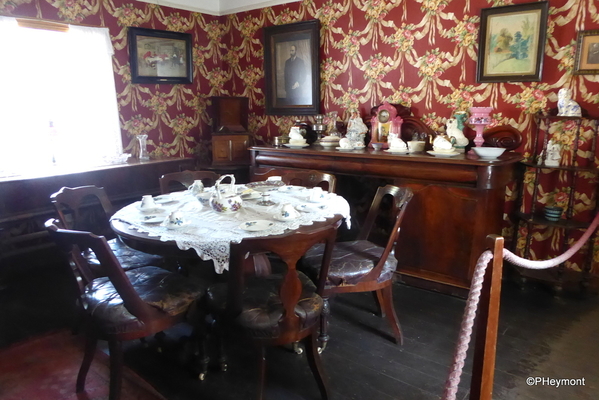
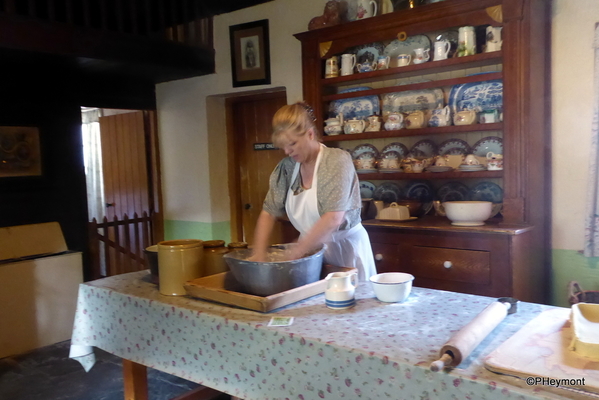
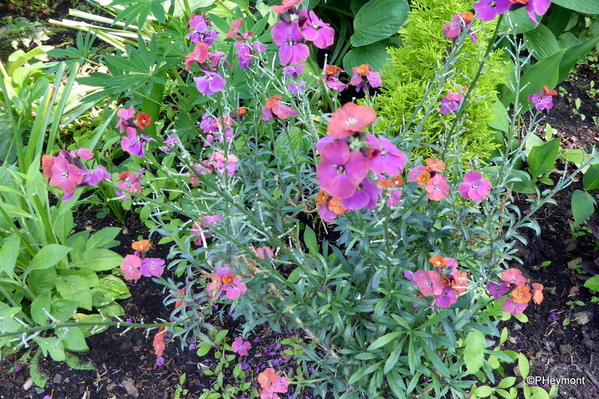
Non-farm occupations are represented here, as well as in the Village Street area. Here is a blacksmith's forge and shop, and below it the home of a fisherman.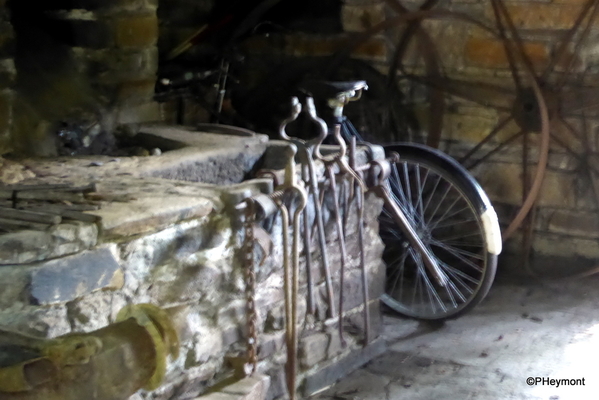
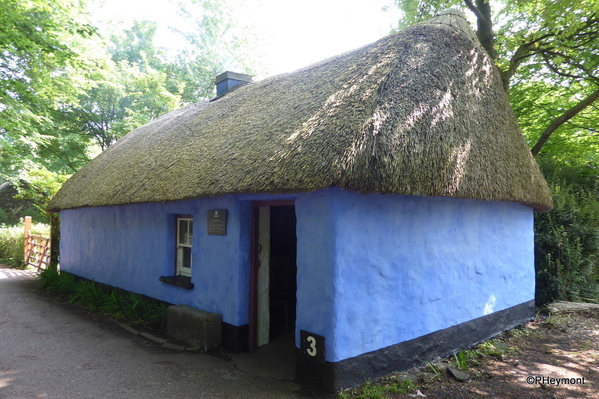
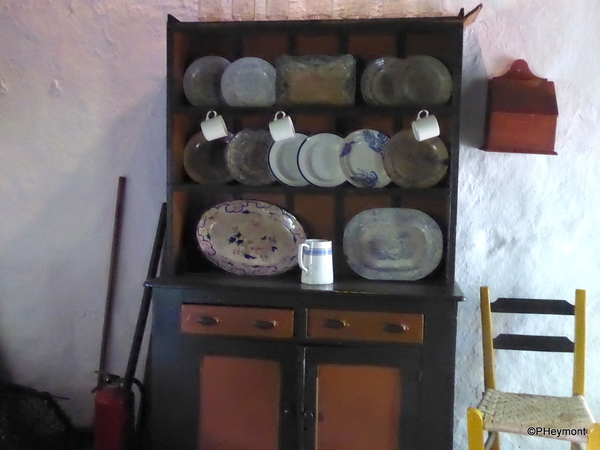
The fisherman's house is from along the River Cashen, where the catch was salmon and the other income stream was smuggling from France and the Channel Islands.
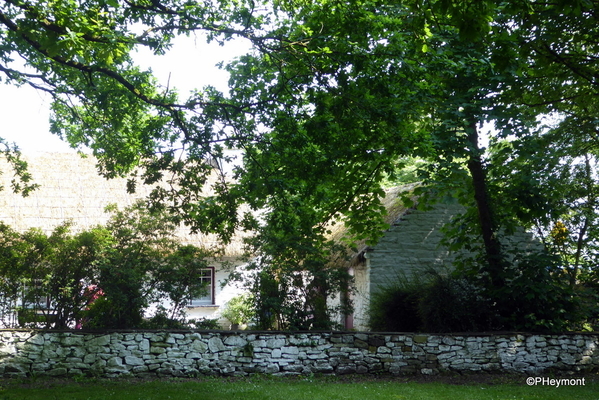
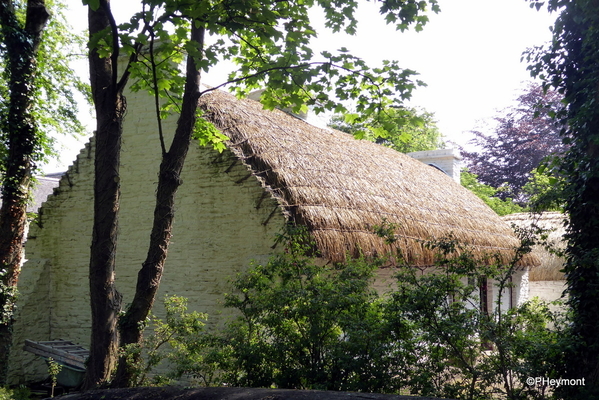
This house is a bit different; the home of a farmer-fisherman, with special thatch to withstand coastal winds. Aside from small farming and mackerel fishing, the area was also known for turf cutting.
If you're planning a visit, leave at least time for an hour at the castle and perhaps two for all of the rest, including a walled garden. If you want to splurge, there are nightly 'medieval banquets' in the Castle for about €65.
Getting to Bunratty from Dublin means crossing Ireland; there are many tours, or you can take the train from Dublin to Limerick and get the 343 bus there.

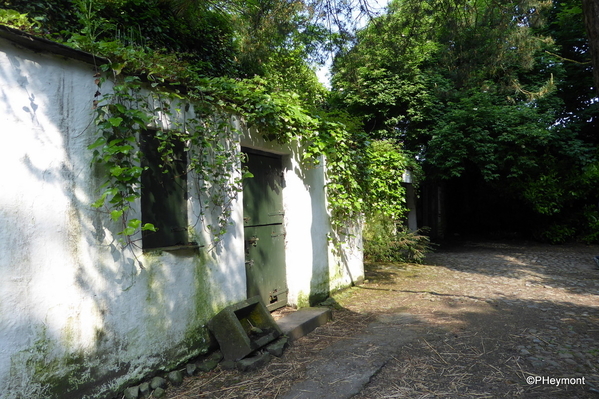
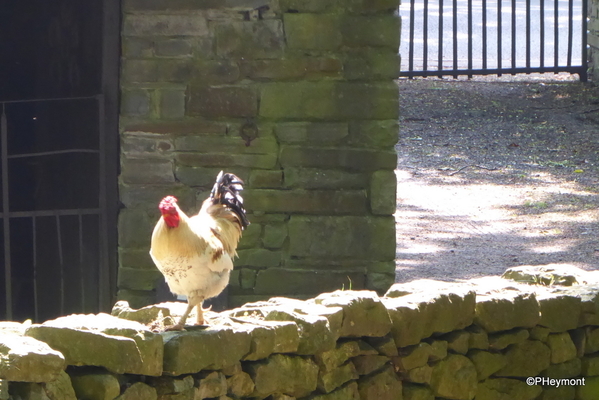
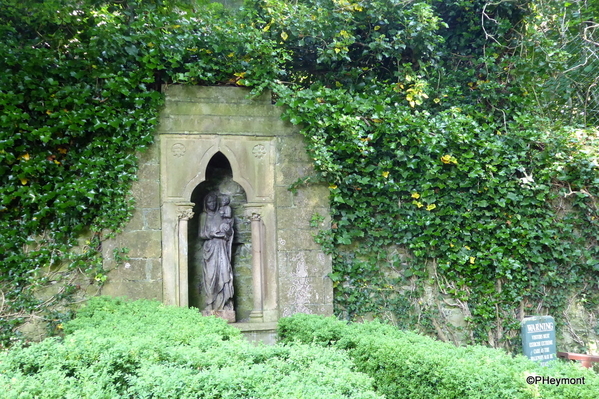
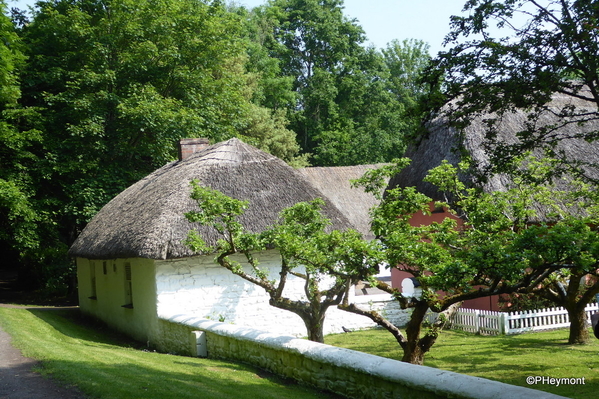





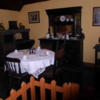

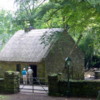


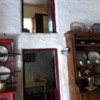








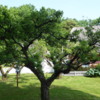









Comments (0)